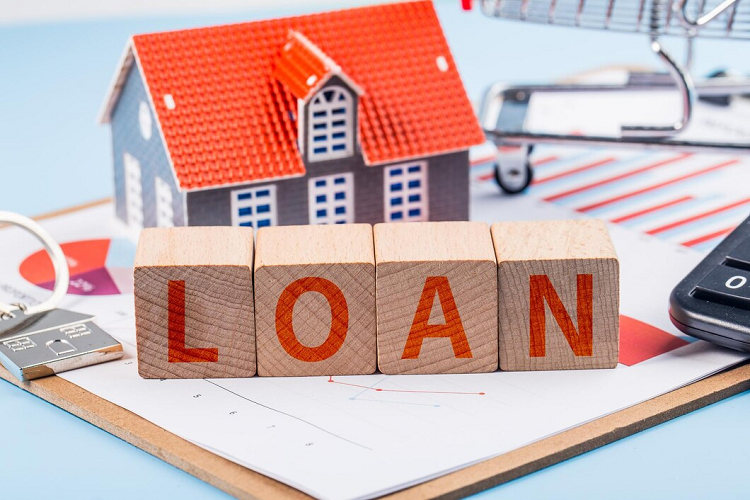Many people want to renovate their homes but cannot afford to pay for it all at once. If they want to renovate, they need a renovation loans. There are many things that you might want to know about these types of loans that this article may address.
There are also many places where you can get one of these loans. You can do research and find oppussingslån or renovation loans. You can find lenders online and in stick and brick buildings.
This article will tell you some things about renovation loans that you might not know. It will tell you about some things that you should know before you get a loan. You might still want to do some research and find out more, but this is the beginning.
What is a Renovation Loan?

This is a type of refinance advance that focuses on the value that your house will have after the renovation. These loans will roll the previous mortgage into your renovation loan, making it one advance instead of two. Since this advance is based on the value of the house after the renovations have been completed, you can get more money through this type of loan.
You can have some advantages from a house improvement loan that includes added value to your home, equity is built faster, fewer bills to manage, and you do not have to max out credit cards or deplete your savings. There are more advantages that you will see that can happen with just one loan instead of three or four.
Requirements for a Home Improvement Loan
There are requirements for getting a house improvement advance that you do not have to worry about with other loans. You will have to put your home up for collateral with a renovation loan. This is to ensure that you will pay your money back on time and in full.
You will need a large amount of equity in your home to qualify for a home improvement advance. The amount of equity that you have in your home can either be limited to your advance or it can allow you more money for your home improvements. The more equity that you have, the more money you can get.
You will also need to have a good credit history to get a good renovation advance. Your credit score should be in the high 700s at the very least to get a good interest rate and APR. Your FICO, or Fair Isaac Corporation score, will let your lender know how much you can get for the term and the interest rate.
The next thing you need to look at to get an advance for the house renovation is your debt-to-income, or DTI, score. This is the amount of money you make compared to how much money you spend on monthly bills. If you have a DTI larger than 30%, it is more difficult to get an advance.
Types of House Renovation Loans
There is more than one type of house renovation advance that you can get. The several types of loans can be more beneficial depending on what you need. Your lender can help you to find the right type of loan that is best for your needs.
One type of loan that you could get is called Single-Close Construction to Permanent Advance, or CTP. This type of loan is a construction loan and a type of home improvement loan that replaces your first mortgage. It is more like a cash-out refinance but is different because it is based on the value of your home after the improvements.
The advantages to this type of loan are that it is a single close loan which means that you only have one set of papers that you need to sign. Your premiums could also be smaller each month because they would likely be spread out over thirty years. You could also have lower interest rates because these loans are more like first mortgages.
There are disadvantages that come along with this type of advance, as well. One is that it will be difficult to find a contractor that will want to deal with the different inspections and payout schedules. You could also be refinancing at a higher rate than your original mortgage, especially if your credit score has become lower. Construction fees are also extremely high right now and are expected to go higher.
Alternatives to Home Improvement Loans
There is a difference between home improvement loans and home renovation loans and there could be differences in the prices that you pay or the valuation of your home. Some of these advances will go off the value of your home now and not the value of your home after renovations.
A house equity loan is one alternative to a house improvement advance that could save you some money later on. This type of advance depends on the amount of equity that you have in your home. Your equity is the value of your home minus the amount that you still owe on your home.
The advantages to this type of loan are that the interest rates can be lower, you can get longer terms – up to 30 years, and you can get fast approvals. They can also be fully amortized so that you can interest and principal from the very beginning. They are tax-deductible and there are no restrictions on how you use your money.
The disadvantages of this type of advance are that you will not be able to get as much money as you could from a home improvement loan, and they have higher interest rates than cash-out loans. This adds another monthly obligation for you because the advance is not rolled all into one. There are also extra fees that are added to this type of loan.
Types of Renovations You Can Do and How Much You Can Borrow
Depending on the type of renovation loan that you have, you might be limited in what you can do with the advance. If you have an alternative advance, you will not be as limited. You might also be limited to how much money you can borrow.
If you do smaller renovations that do not require you to move structural walls or foundations, you will be able to do more. These would be changes such as painting the interior or exterior, adding an HVAC system, or installing appliances such as refrigerators or ranges. Look here to see what kinds of improvements you could make. It could also include smaller renovations such as the kitchen or bathroom.
You could also make structural improvements that could include a variety of things. You could make improvements that can cost a great deal more than non-structural improvements. You could do things such as replacing or repairing roofs, replacing your flooring, creating accessibility improvements, and repairing and replacing your exterior patios and porches.
Which Improvements Will Add Value to Your Home?
You want to add value to your home, especially if you chose a home renovation loan. To add value to your home, you can add a new garage door, kitchen remodeling, siding replacement, and finishing your basement. These are some of the major ways to add value.
Choosing the Right Type of Loan
As was mentioned above, there are many types of loans that you could get. You have to decide what is best for you and the projects that you want to take on. You could get an FHA 203(K) loan which is great if you have a low credit score and cannot make a very large down payment.
You could also take out a Fannie Mae Homestyle advance which is great if you have an excellent credit score and can make a decent down payment. Another type of advance is called the RenoFi or HELOC advance that are good for those who have low mortgage rates that are already locked in. RenoFi cash-out advances are good for those who are looking for the advantages of already low mortgage rates in the market today.
Conclusion
There are many types of loans that you can get to renovate or improve your home. There are many questions that you need to ask before you take out one of these advances. This article will help you with some of these questions and you can also do more research to find out even more.


